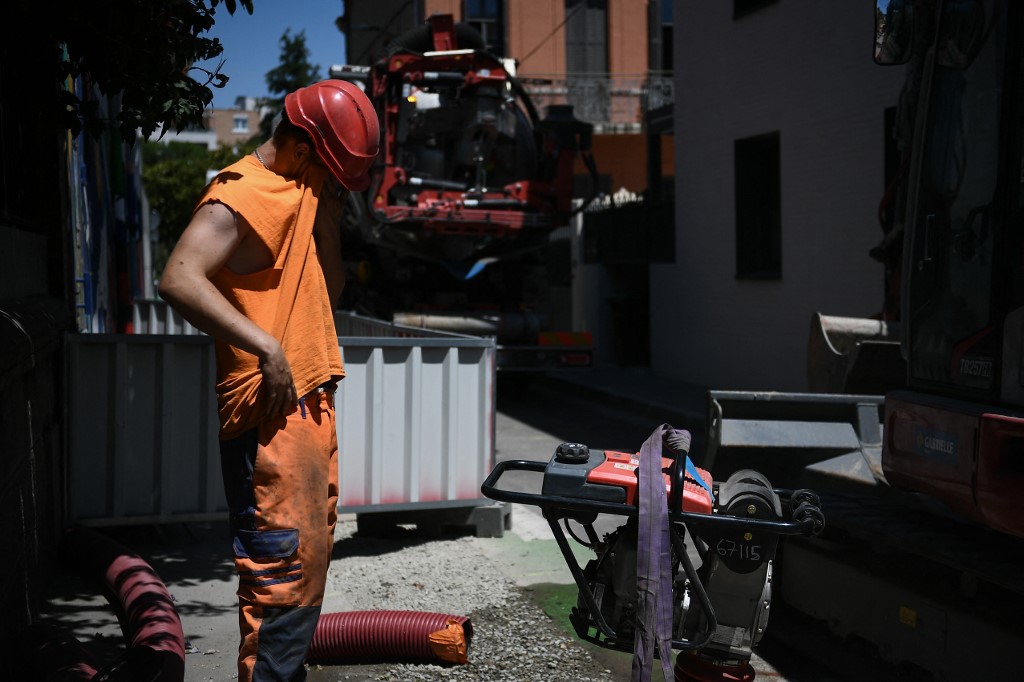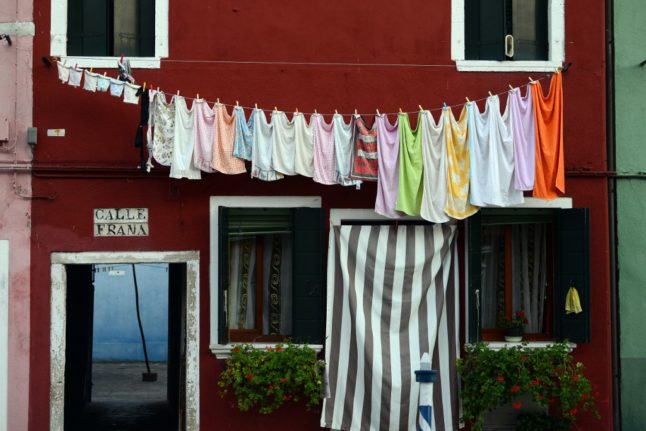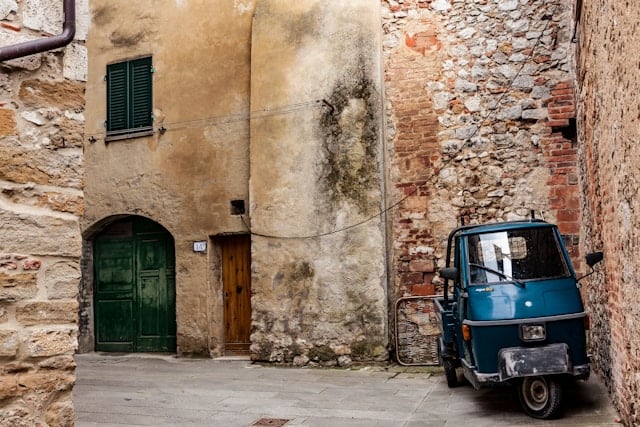If you own, or have your eye on, property in Italy, you may already have heard of the country’s building ‘bonuses’: a series of national schemes offering homeowners generous discounts on the cost of their property renovation work.
Since their introduction in 2020, these incentives have been enormously popular with homeowners. The well-known ‘superbonus 110’ discount was however abruptly scaled back earlier this year, and many expected the same thing would soon happen to other discount schemes.
But the main bonuses have all remained in place in 2023 and are set to continue into next year, albeit with some key differences regarding how much homeowners can claim and how.
Superbonus
Italy’s famous superbonus scheme applies to renovation work aimed at improving the energy efficiency of a building while also reducing its vulnerability to earthquakes.
Though it is still frequently referred to as superbonus 110, the incentive no longer offers the original maximum of a 110-percent discount on the total cost of work.

In fact, after dropping to 90 percent of overall expenses as of January 1st 2023, the maximum claimable amount is now set to go down to 70 percent from January 1st 2024.
Further, barring some exceptions, the bonus will only apply to condominiums and small apartment buildings (two to four residential units) in 2024.
READ ALSO: What’s happening with Italy’s building superbonus in 2024?
Finally, there will still be only one way to claim the superbonus (and all other building bonuses, for that matter) and that’s by claiming a tax rebate (detrazione fiscale) spread out evenly over multiple years.
Earthquake bonus
Italy’s sismabonus (or ‘earthquake bonus’) allows homeowners to claim a 50- to 85- percent discount on expenses of up to 96,000 euros aimed at reducing the seismic vulnerability of their property.
The bonus can only be claimed for work on buildings located in seismic areas 1 (high seismic risk), 2 (medium risk) or 3 (low risk). Buildings located in zone 4 (very low risk) are excluded.
Ecobonus
The ecobonus offers savings of 50 or 65 percent on the cost of works that improve the energy efficiency of a property.
These include upgrades to the building’s heating and air conditioning systems as well as the installation of wall insulation panels and solar panels.
The maximum available discount can be higher (70 or 75 percent) in the case of renovation works carried out on communal areas of condominiums or apartment buildings.
Renovation bonus
The bonus ristrutturazioni (or ‘renovation bonus’) offers homeowners a 50-percent discount on home improvement expenses of up to 96,000 euros.
READ ALSO: The Italian vocabulary you’ll need when renovating property
The scheme applies to any renovation procedure falling under one of the following three categories: extraordinary maintenance, conservative restoration and building restructuring.
Furniture and appliances bonus
The bonus mobili ed elettrodomestici (or ‘furniture and appliances bonus’) allows homeowners to claim a 50-percent reduction on expenses of up to 5,000 euros (as opposed to the previous 8,000 euros) for the purchase and installation of new furniture and energy-efficient electric appliances.

The incentive can only be claimed by homeowners who carried out wider home renovation works in 2023.
Green bonus
The bonus verde (or ‘green bonus’) offers property owners a 36-percent discount on expenses of up to 5,000 euros aimed at renovating their gardens or other outdoor spaces, including terraces and balconies.
Architectural barriers bonus
The bonus barriere architettoniche (or ‘architectural barriers bonus’) allows property owners to claim a 75-percent discount on expenses incurred for the elimination of architectural barriers (walls, stairs, etc.) in order to facilitate accessibility to people with disabilities or the elderly.
READ ALSO: Everything you need to know about having a second home in Italy
The bonus applies to range of works, including the installation of lifts and wheelchair ramps.
Please note that The Local cannot advise on individual cases. For more information on claiming Italy’s building bonuses, homeowners are advised to consult a qualified Italian building surveyor or independent financial advisor.



 Please whitelist us to continue reading.
Please whitelist us to continue reading.
Member comments